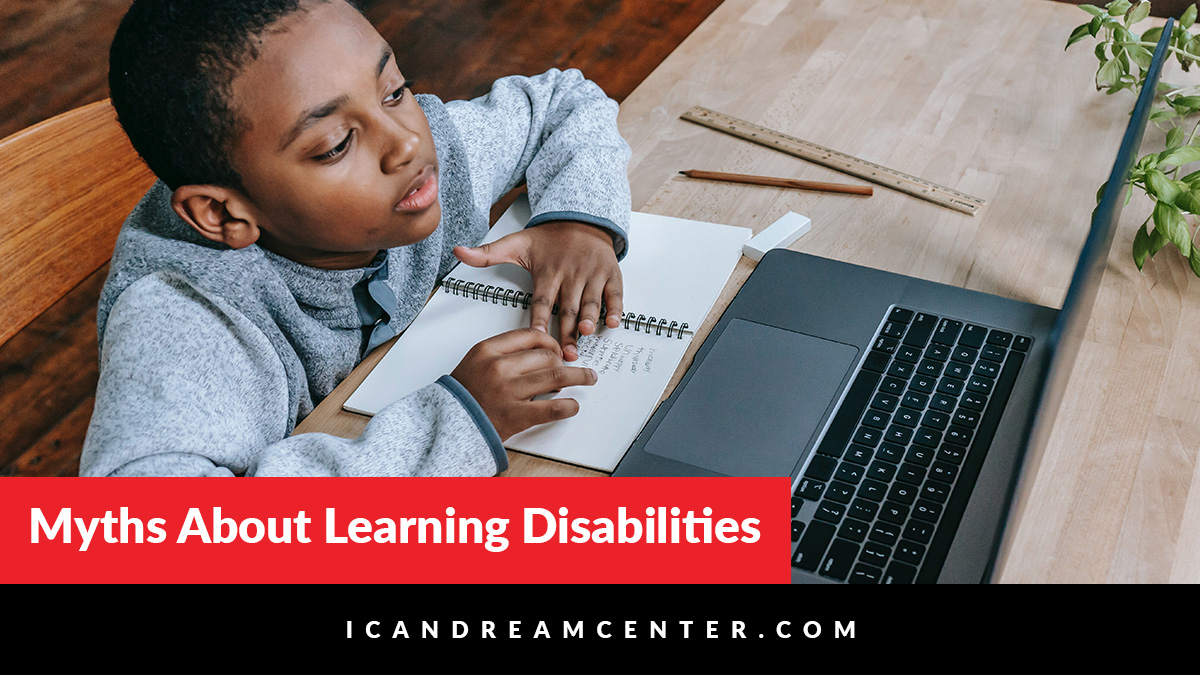
No Way! Myths About Learning Disabilities
We all know that misconceptions abound about specific diagnoses in the world of special education. Here are the most common myths about learning disabilities.
Myth #1: Kids who struggle to read, write, or spell aren’t as smart as other kids.
Fact: Research shows that kids with learning disabilities have average or above-average intelligence, but they have difficulty storing, processing, and recalling information. In fact, many of these kids have considerable intellectual, artistic, or other abilities that allow them also to be defined as gifted!
Myth #2: Children who have LD are identified in kindergarten and first grade.
Fact: Unfortunately, learning disabilities often go unrecognized for several years. Third grade is the average year in which LD is identified, but especially bright children may be able to “mask” their difficulties; and some kinds of learning problems may not surface until middle school, high school, or even college.
Myth #3: More boys than girls have learning disabilities.
Fact: Although boys represent 2/3 of all children identified for Special Education with LD, the results of a long-term National Institute of Children’s Health and Human Development (NICHD) study suggest that equal numbers of boys and girls have difficulty with reading, the most common form of learning problem. With girls, learning difficulties often go unidentified and untreated.
Myth #4: When children struggle to learn, many people think it is fine to wait and see if they will “grow out of” it.
Fact: Learning disabilities are not outgrown, nor can they be “cured.” Although most children with dyslexia do learn how to read, the chance to optimize a child’s reading and comprehension decreases over time and early invention is important.
Myth #5: If a parent has an instinct that there is something wrong, but the teacher reports that everything is fine, then the parent is probably mistaken.
Fact: Parents generally know better than anyone whether their child is having significant difficulties. Determining whether a child has LD can only be accomplished through specialized testing by competent school personnel, either within a school or outside it.
Myth #6: Bright kids described as underachievers in middle or high school generally have emotional problems or just don’t care enough about school to do their best.
Fact: While there are several possible causes of underachievement, it is not unusual to find bright kids in high school or even in college with undetected learning disabilities and/or attention deficit disorders, which substantially affect their ability to perform consistently well in school. In any case, underachievement calls for an explanation as to its cause, and appropriate measures to deal with it.
